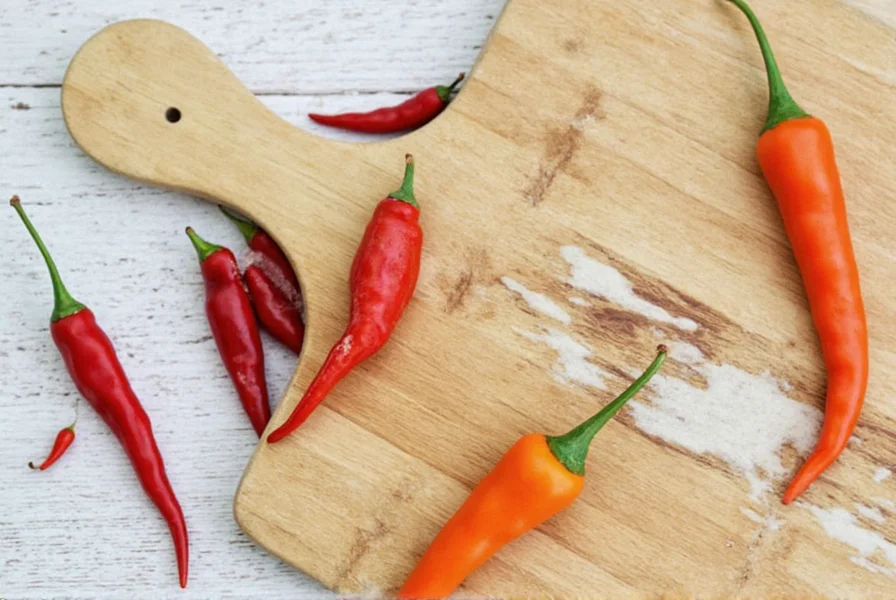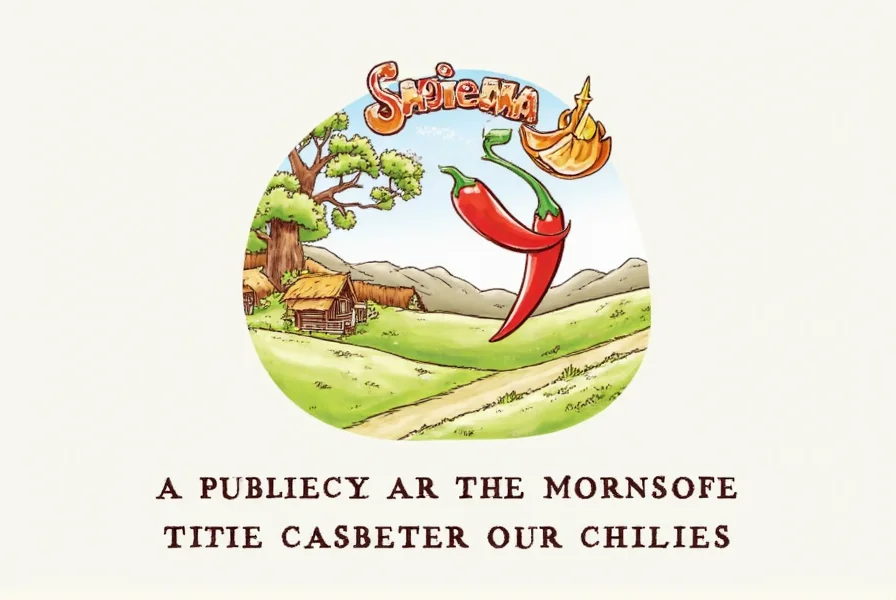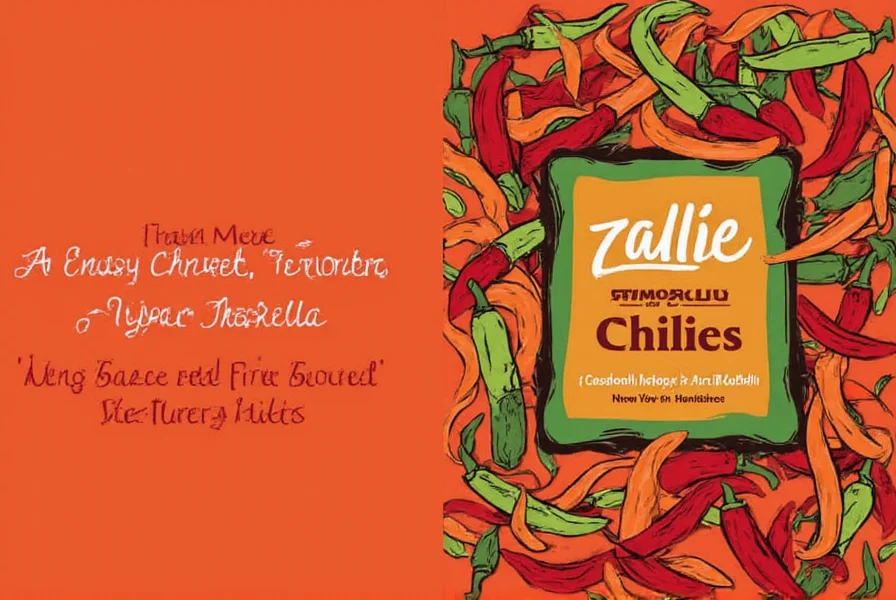Table of Contents
Introduction to Cascabella Chilies
Cascabella chilies are mild, sweet-tangy peppers with a Scoville heat range of 1,000–2,000 units. Unlike hotter varieties, they offer balanced flavor without overwhelming heat, making them ideal for salsas, sauces, roasted dishes, and even desserts. This guide covers everything you need to know: flavor profile, cooking uses, buying tips, storage advice, and comparisons with jalapeño, poblano, and chipotle peppers.

The Flavor Profile of Cascabella Chilies
Cascabella chilies deliver a unique blend of sweetness, tanginess, and mild heat. They lack the intense burn of hotter peppers, instead providing a balanced flavor that works perfectly in both raw and cooked dishes. Fresh cascabella chilies have a crisp texture and juicy interior, while dried ones concentrate their flavor for grinding into powders or spice blends.

With a Scoville rating of 1,000–2,000 units, they’re ideal for those seeking gentle warmth without overpowering spice. They’re widely used in Mexican and South American cuisines to add depth without dominating other flavors.
Cooking Uses and Tips
These versatile chilies shine in countless culinary applications. Here’s how to maximize their potential:
- Salsa: Dice fresh chilies with tomatoes, onions, cilantro, and lime juice for a sweet-spicy salsa perfect with tortilla chips or tacos.
- Smoky Sauce: Blend roasted cascabella chilies with garlic, olive oil, and vinegar for a smooth, versatile sauce that complements grilled meats or vegetables.
- Roasted Base: Char the chilies until blackened, peel, and puree for a rich, smoky foundation in soups or stews.
- Homemade Chili Powder: Dry and grind for a subtle sweet-heat spice blend that enhances rubs, marinades, and seasoning mixes.
- Dessert Innovation: Add finely chopped dried chilies to dark chocolate brownies or mole sauce for an unexpected sweet-spicy twist.

Buying Guide for Cascabella Chilies
| Feature | What to Look For |
|---|---|
| Appearance | Firm, vibrant red/orange skin with no mold, bruises, or shriveling |
| Texture | Fresh: slightly firm but not hard; Dried: brittle and easy to crush |
| Smell | Sweet, earthy aroma; avoid musty or sour odors |
Key Advantages
- Versatility: Works in savory dishes, desserts, and beverages
- Mild Heat: Accessible for spice-sensitive palates
- Flavor Depth: Adds complexity without overpowering other ingredients
Where to Buy
- Latin American grocery stores and specialty spice shops
- Online retailers like Amazon, Spice House, or Penzeys
- Organic sections of major supermarkets (seasonal availability)

Cascabella vs. Other Chili Varieties
| Chili Variety | Heat Level (Scoville) | Flavor Profile | Best Uses |
|---|---|---|---|
| Cascabella | 1,000–2,000 | Sweet, tangy, mild heat | Salsas, sauces, desserts, roasted dishes |
| Jalapeño | 2,500–8,000 | Peppery, grassy, medium heat | Quesadillas, pickling, guacamole |
| Chipotle | 2,500–8,000 | Smoky, deep, medium-hot | Stews, BBQ sauces, marinades |
| Poblano | 1,000–1,500 | Earthy, mild, slightly sweet | Stuffed peppers, enchiladas |
| Ghost Pepper | 1,000,000+ | Extremely hot, fruity, sharp | Hot sauce challenges, extreme spice recipes |

Frequently Asked Questions About Cascabella Chilies
What are cascabella chilies?
Cascabella chilies are mild, sweet-tangy peppers (1,000–2,000 Scoville units) prized for their balanced flavor profile. They’re commonly used in Mexican and South American cuisine to add depth without overwhelming heat, making them ideal for both beginners and experienced cooks.
How hot are cascabella chilies on the Scoville scale?
Cascabella chilies range from 1,000–2,000 Scoville units, placing them significantly milder than jalapeños (2,500–8,000) and far below ghost peppers (1,000,000+). They provide gentle warmth perfect for those avoiding intense spice.
What do cascabella chilies taste like?
They combine sweet, tangy, and mild heat notes. Fresh chilies offer crisp texture and juiciness, while dried versions develop richer, concentrated flavors. This balance makes them suitable for savory dishes and even chocolate-based desserts.
How can I use cascabella chilies in cooking?
Use fresh chilies diced in salsas or blended into sauces. Dry and grind for homemade chili powder. Roast and puree for smoky soup bases. For creative applications, add finely chopped dried chilies to dark chocolate brownies or mole sauce for a sweet-spicy contrast.
Where can I buy cascabella chilies?
Find fresh chilies at Latin American markets or specialty grocery stores. Dried varieties are available online (Amazon, Spice House) or in organic sections of major supermarkets. Look for vibrant color and firm texture in fresh specimens.
How should I store cascabella chilies?
Fresh chilies: Refrigerate in a paper bag for up to 2 weeks. Freeze roasted and peeled chilies for longer storage. Dried chilies: Store in airtight containers away from light and moisture for up to 1 year to preserve flavor.
Conclusion
Cascabella chilies are a must-have for any spice collection. Their mild heat, sweet-tangy flavor, and culinary versatility make them perfect for everything from weeknight dinners to gourmet desserts. Whether you’re a beginner or experienced cook, these peppers will elevate your dishes without overwhelming your palate.
Next time you shop for spices, grab a pack of cascabella chilies and discover your new favorite ingredient.











 浙公网安备
33010002000092号
浙公网安备
33010002000092号 浙B2-20120091-4
浙B2-20120091-4